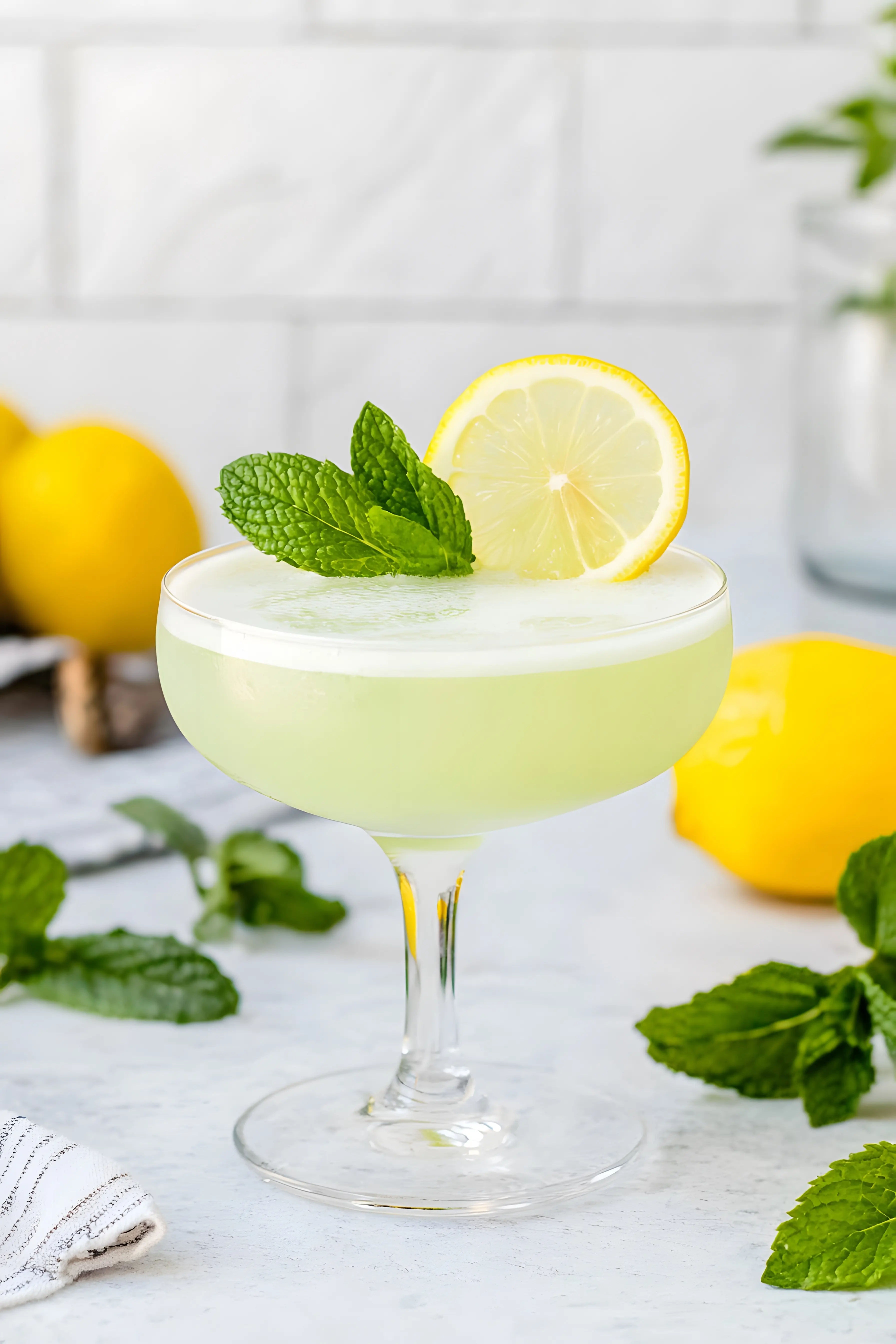Ragi (Finger Millet): Health Benefits and Weight Loss Recipes
Discover ragi benefits, why finger millet supports weight loss, and 5 easy healthy recipes. Learn nutrition, tips, FAQs, and how to cook it right.

.webp?tr=q-80,f-webp,w-350,dpr-2,c-at_max 700w)
Introduction
If you’re looking for a wholesome grain that’s tasty, versatile, and good for your health, ragi (also called finger millet) is a smart choice. This ancient grain is naturally gluten-free, rich in dietary fiber, and easy to cook in everyday meals. In this guide, you’ll learn key ragi benefits backed by nutrition science, how finger millet can support weight management, and simple healthy recipes you can make today.
What Is Ragi (Finger Millet)?
Ragi, or finger millet (Eleusine coracana), is a small-seeded whole grain widely eaten in India and parts of Africa. It has a mild, earthy flavour and can be used as flour (atta), semolina-like grits, or whole grains. Like other whole grains, ragi retains its bran and germ, which means more fibre and nutrients than refined grains.
Finger Millet Nutrition at a Glance
Ragi provides:
• Dietary fibre that supports digestive health and helps you feel full
• Plant-based protein that adds staying power to meals
• Minerals such as calcium and iron, plus magnesium and potassium
• Naturally gluten-free carbohydrates for steady energy
• Beneficial plant compounds (polyphenols)
Note: Exact nutrient values vary by brand and preparation. For better iron absorption from plant sources, pair ragi with vitamin C-rich foods like lemon, tomatoes, bell peppers, or citrus fruits.
Science-Backed Ragi Benefits
Here are some science backed benefits of ragi:
1) Supports Healthy Weight Management
The fibre in whole grains like ragi helps increase fullness and can reduce overall calorie intake by curbing overeating. Observational and clinical studies link higher whole-grain intake to healthier body weight and lower risk of weight gain over time. Choosing whole grains instead of refined ones is a proven strategy for weight control when combined with mindful portions and balanced eating.
2) Helps Keep Blood Sugar Steadier
Whole grains with intact fibre, such as finger millet, generally produce a gentler rise in blood sugar than refined grains. The fibre slows digestion, which can help with post-meal glucose control. Your preparation method matters—grinding into very fine flour, overcooking, or eating ragi alone may raise blood sugar faster than when you pair it with protein, vegetables, and healthy fats. Aim for minimally processed forms and balanced meals.
3) Heart Health and Cholesterol Support
Diets rich in whole grains are associated with lower risk of heart disease. Fibre can help reduce LDL (“bad”) cholesterol when you replace refined grains with whole-grain options like ragi and limit saturated fat.
4) Digestive Health
Ragi’s fibre promotes regular bowel movements and supports a healthy gut. If you’re new to high-fibre foods, increase ragi gradually and drink enough water to avoid discomfort.
5) Bone and Blood Support
Ragi contains calcium and iron. While plant-based iron is less easily absorbed than animal sources, pairing ragi with vitamin C-rich foods improves absorption. Including a variety of iron sources across your diet helps maintain healthy levels.
6) Gluten-Free Alternative
Finger millet is naturally gluten-free, making it suitable for those with celiac disease or gluten sensitivity. Look for certified gluten-free products to avoid cross-contamination during processing.
Ragi Benefits for Weight Loss: How It Can Help
Here are the benefits of ragi:
• Keeps you full longer: Fibre and protein help you feel satisfied, supporting calorie control.
• Replaces refined carbs: Swapping white rice or refined flour with ragi boosts fibre and nutrients without major meal changes.
• Versatile and easy to portion: Use in porridge, rotis, dosas, or snacks. Pre-portion meals for consistency.
Tips to Get the Most from Finger Millet
Here are some tips:
• Choose whole or coarse-ground forms for better blood sugar control.
• Soak, ferment, or sprout to improve texture and digestibility.
• Balance your plate with vegetables, legumes, lean proteins, and healthy fats.
• Start slow with fiber and stay hydrated.
• Watch portions—even whole grains add up in calories.
Healthy Recipes: 5 Simple, Weight-Friendly Ragi Dishes
1) Savory Ragi Vegetable Porridge (1–2 servings)
Why it’s great: Warm, comforting, and rich in fiber and veggies.
Ingredients
• ½ cup ragi flour
• 1 tsp oil or ghee
• ½ tsp cumin seeds
• 1 small onion (chopped)
• 1 small carrot (diced)
• ½ cup green peas
• 1 small tomato (chopped)
• 2–2.5 cups low-sodium broth or water
• Salt, pepper, cilantro, lemon juice
Steps
1. Heat oil, add cumin and onion; sauté until soft.
2. Add carrot, peas, and tomato; cook 2–3 minutes.
3. Whisk ragi with ½ cup water to make a lump-free slurry.
4. Add broth, bring to boil, stir in slurry.
5. Simmer 6–8 minutes until creamy. Season and garnish.
Make it balanced: Add tofu, lentils, or boiled egg for protein.
2) High-Protein Ragi Dosa (8–10 dosas)
Why it’s great: Fermentation boosts nutrition and digestibility.
Ingredients
• 1 cup ragi flour
• ½ cup urad dal (soaked 4–6 hrs)
• ½ tsp fenugreek seeds (optional)
• Salt, water, oil
Steps
1. Grind soaked dal and fenugreek into a fluffy batter.
2. Mix with ragi flour, water, and salt to form pourable batter.
3. Ferment 8–12 hours.
4. Make dosas on a pan with light oil. Serve with sambar and tomato chutney.
Tip: Keep dosas thin for fewer calories.
3) Ragi Veggie Upma (3–4 servings)
Why it’s great: Quick, one-pan meal for busy days.
Ingredients
• 1 cup ragi rava or mix (¾ cup ragi flour + ¼ cup semolina)
• 1 tbsp oil
• ½ tsp mustard seeds
• ½ tsp urad dal
• Curry leaves, onion, 1 cup mixed veggies
• 2–2.5 cups hot water, salt, lemon
Steps
1. Dry-roast ragi rava; set aside.
2. Heat oil, add mustard, urad dal, curry leaves, onion, and veggies.
3. Add ragi rava, pour in hot water gradually, stir well.
4. Cook covered 4–6 minutes. Finish with lemon.
Add protein: Mix in chickpeas or paneer cubes.
4) Cocoa-Banana Ragi Smoothie Bowl (1–2 servings)
Why it’s great: Nutritious breakfast with fiber, protein, and natural sweetness.
Ingredients
• 3 tbsp ragi flour
• 1 cup milk (dairy or plant-based)
• 1 small ripe banana
• 1 tbsp cocoa powder
• 1 tbsp nut butter
• Cinnamon, salt, optional toppings
Steps
1. Cook ragi with milk 3–4 mins; cool.
2. Blend with banana, cocoa, and nut butter.
3. Serve topped with fruit and seeds.
Portion tip: Limit toppings for calorie control.
5) Baked Ragi Seed Crackers (~24 crackers)
Why it’s great: Crunchy, fiber-rich snack with healthy fats.
Ingredients
• 1 cup ragi flour
• ¼ cup wheat or oat flour
• 2 tbsp mixed seeds
• 2 tbsp olive oil
• ¼ tsp salt, ¼ tsp garlic powder
• ~⅓ cup water
Steps
1. Preheat oven to 170°C/340°F.
2. Mix all ingredients to form firm dough.
3. Roll thin, cut squares, bake 12–16 mins.
4. Cool before storing.
Snack smart: Pair 4–6 crackers with hummus or yogurt dip.
How to Shop, Store, and Cook Finger Millet?
Here’s how to shop and store finger millet:
• What to buy: Ragi flour, ragi rava, or whole ragi (nachni).
• Storage: Airtight container in cool, dry place; refrigerate flour in warm climates.
• Cooking:
o Whole ragi—soak, then cook like other millets.
o Flour—whisk with water to prevent lumps, cook thoroughly.
o Ferment batters 8–12 hours for dosas or idlis.
Who Should Be Careful
• People with celiac disease should choose certified gluten-free ragi to avoid contamination.
• Those with diabetes should monitor portions and check glucose response.
• Anyone with kidney or digestive conditions should consult a dietitian before major dietary changes.
A Simple 1-Day Sample Plan Using Ragi
• Breakfast: Ragi dosa with sambar and tomato chutney
• Lunch: Ragi upma with salad and yogurt
• Snack: Ragi seed crackers with hummus and cucumber
• Dinner: Lentil-vegetable soup with a small ragi roti
Adjust portion sizes, protein, and vegetables according to your energy needs.
Conclusion
Ragi is one of the most nutritious and versatile grains you can add to your diet. Its high fiber, minerals, and gluten-free nature make it ideal for weight management, blood sugar balance, and digestive wellness. With easy recipes and simple cooking tips, incorporating ragi into your meals can be both enjoyable and health-boosting. Whether in porridge, rotis, or smoothies, this humble millet proves that healthy eating can also be delicious.
More articles from General Medical Consultation
Frequently Asked Questions
1) Is ragi good for weight loss?
Yes. Ragi is a whole grain with fibre and protein that can help you feel full and reduce overeating. Using finger millet to replace refined grains, alongside balanced meals and portion control, supports healthy weight management.
2) Is ragi gluten-free?
Ragi (finger millet) is naturally gluten-free. For medical gluten avoidance (celiac disease), choose products labelled gluten-free to reduce cross-contamination risk.
3) Can people with diabetes eat ragi?
Often, yes—as part of balanced meals and appropriate portions. Pair ragi with protein, vegetables, and healthy fats for a steadier blood sugar response, and monitor your glucose to see how your body responds.
4) How much ragi should I eat in a day?
There’s no single right amount for everyone. Many healthy eating patterns include several servings of whole grains daily. You can include ragi as 1–2 of those servings, adjusted for your calorie needs and activity level. A serving could be about 1/2 cup cooked grain or 1 small roti/dosa, but personalise with a dietitian if you have specific goals.
5) Which is better: ragi or oats?
Both are nutritious whole grains. Ragi offers minerals like calcium and iron and is gluten-free. Oats provide beta-glucan, a type of fibre known to help lower LDL cholesterol. The best choice is the one you enjoy and can include regularly in a balanced diet.




